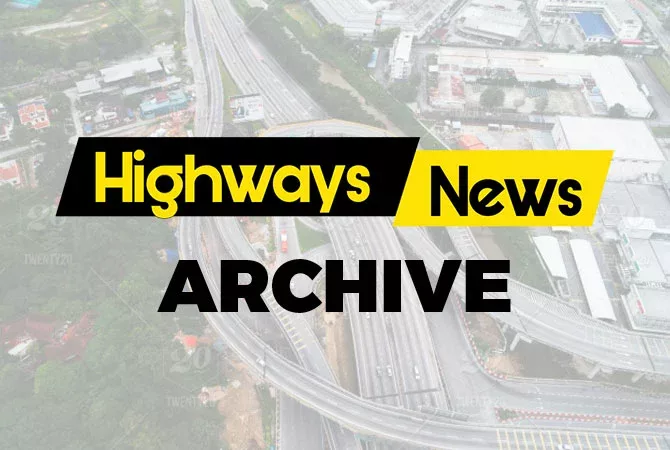London’s air quality has ‘significantly improved’ since 2016, according to a new report published by the Mayor of London.
The study includes research data from the Environmental Research Group at Imperial College London has highlighted that even before lockdown, because of COVID-19, measures implemented by the Mayor since 2016 have significantly improved London’s air quality.
The research said that the number of state primary and secondary schools located in areas exceeding the legal limit for nitrogen oxide (NO2) pollution has fallen from 455 in 2016 to just 14 in 2019.
The success of the existing central London Ultra Low Emission Zone (ULEZ) gives confidence that the expansion of the ULEZ will help deliver wider benefits for London according to City Hall, including saving the NHS around £5bn and preventing more than one million hospital admissions over the next 30 years.
But despite this, the Mayor has said that thousands of Londoners still breathe illegally polluted air. Around 99% of people live in areas exceeding the World Health Organization (WHO) guidelines for particulate matter (PM2.5), said the report.
The Mayor of London, Sadiq Khan, said: “I was elected on a mandate to deliver hard-hitting measures to tackle our toxic air crisis. Today’s report confirms the transformative impact that my policies have had in just four years. I’m pleased that Londoners are breathing cleaner air, that we’re saving the NHS billions of pounds and preventing over a million hospital admissions.
“However, air pollution remains a major public health challenge and it’s time for Government to step up, set ambitious national targets and provide the powers and funding we need to consign air pollution to the history books. We can’t sleepwalk from the health crisis of COVID back into complacency over the major impact of toxic air on everyone’s health.”



























